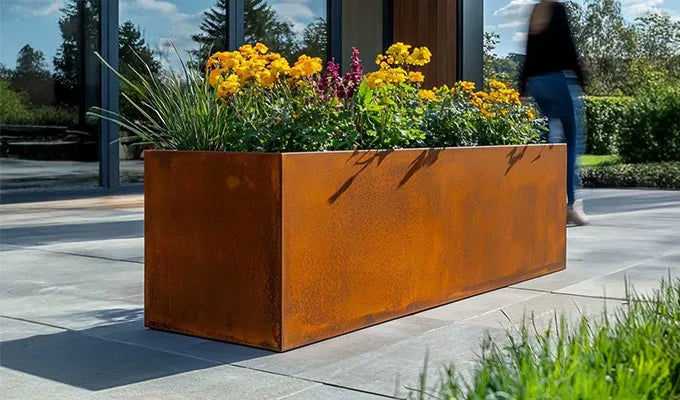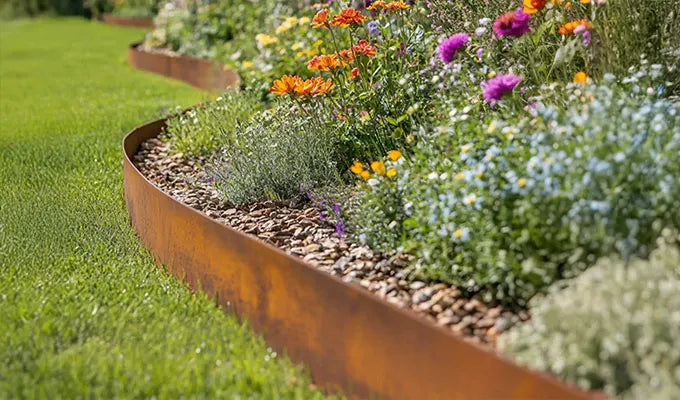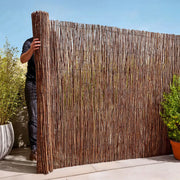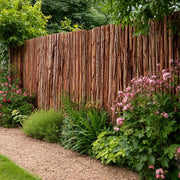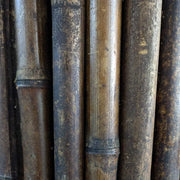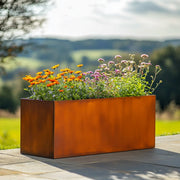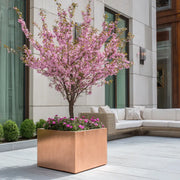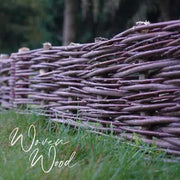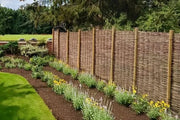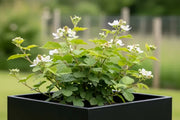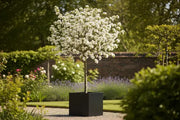Dogwood Trees: Seasonal Splendor and Year-Round Appeal
Dogwood trees (Cornus species) are a truly enchanting addition to any British garden or landscape, offering a captivating display of interest across the seasons. Their versatility and relatively easy care make them a popular choice for homeowners and landscape designers alike, thriving admirably in our temperate climate. From their dramatic spring flowers to their fiery autumn foliage and intriguing winter stems, dogwoods provide year-round appeal.
Throughout spring, many ornamental dogwoods burst into a spectacular show of 'flowers' – which are actually modified leaves called bracts. Species like Cornus florida and Cornus kousa are renowned for their stunning displays, with bracts ranging from brilliant white to delicate pink, lasting for several weeks. Cornus mas, often called the Cornelian cherry, offers an even earlier spectacle, producing a profusion of small, bright yellow flowers on bare branches in late winter or very early spring, long before other trees have stirred.
As spring progresses into summer, their elegant foliage provides a lush green backdrop. Come autumn, dogwoods truly shine once more, transforming into a blaze of fiery reds, oranges, and purples. This dramatic autumnal colour is a highlight in any garden. Following the flowers, many dogwood varieties produce attractive berries in late summer or autumn. These small, often glossy red or black fruits are a valuable food source for local wildlife, particularly birds. The berries of Cornus mas are an edible, tart fruit, sometimes used for preserves or jellies.
For successful cultivation in the British Isles, dogwoods prefer a site with well-drained, fertile soil that is neutral to slightly acidic. They generally perform best in full sun to partial shade. While they appreciate sunlight for optimal flowering and autumnal colour, protection from the harshest afternoon sun can be beneficial, especially for some of the more delicate variegated cultivars. Adequate watering is crucial, particularly during their establishment phase and dry spells. A good mulch of organic matter around the base will help retain soil moisture, suppress weeds, and provide a slow release of nutrients.
Pruning requirements are generally minimal. Dogwoods typically develop a beautiful natural shape without much intervention. Any necessary pruning, such as removing dead, damaged, or crossing branches, should be done in late winter or early spring before new growth begins, or after flowering to maintain shape. Avoid heavy pruning, as this can detract from their natural form.
Several dogwood varieties, especially the smaller or more compact cultivars, are excellently suited for container growing, adding a touch of elegance to patios, balconies, or smaller gardens. When planting in a container, choose a large pot with good drainage holes. Use a high-quality, peat-free potting compost mixed with some grit to ensure excellent drainage. Container-grown dogwoods will require more frequent watering than those in the ground, especially during warmer months, and regular feeding with a balanced liquid fertiliser throughout the growing season to support their growth and flowering. Ensure they are protected from severe winter frosts by wrapping the pot or moving it to a more sheltered location. Cornus kousa 'China Girl' or the smaller shrubby dogwoods like Cornus alba 'Sibirica' or 'Elegantissima' (known for their striking winter stem colour) can be excellent choices for planters, though the latter may require more frequent pruning to maintain a desirable size for container life.
Whether planted as a specimen tree, a shrub in a mixed border, or even in a planter, dogwoods offer year-round interest and undeniable charm to the British garden. Their seasonal transformations ensure there's always something to admire.


